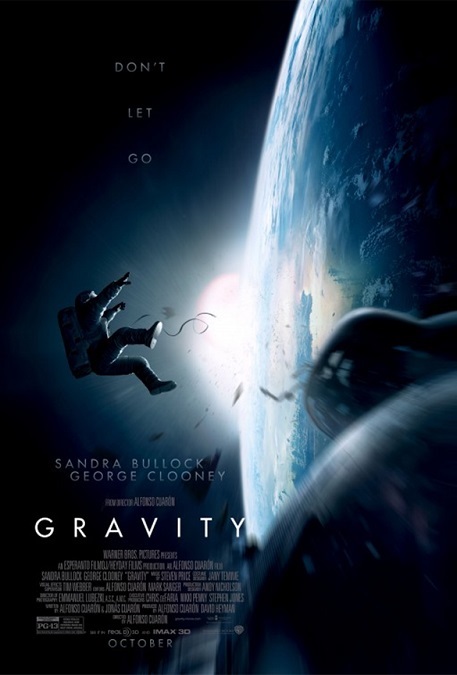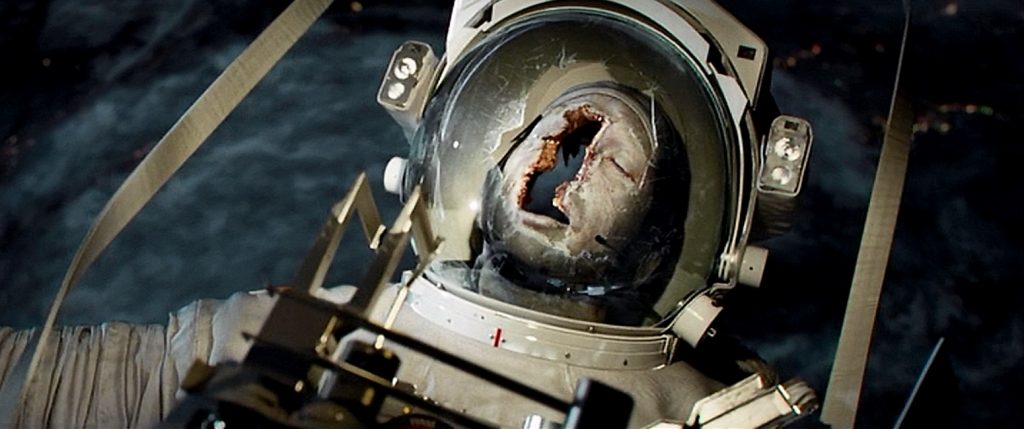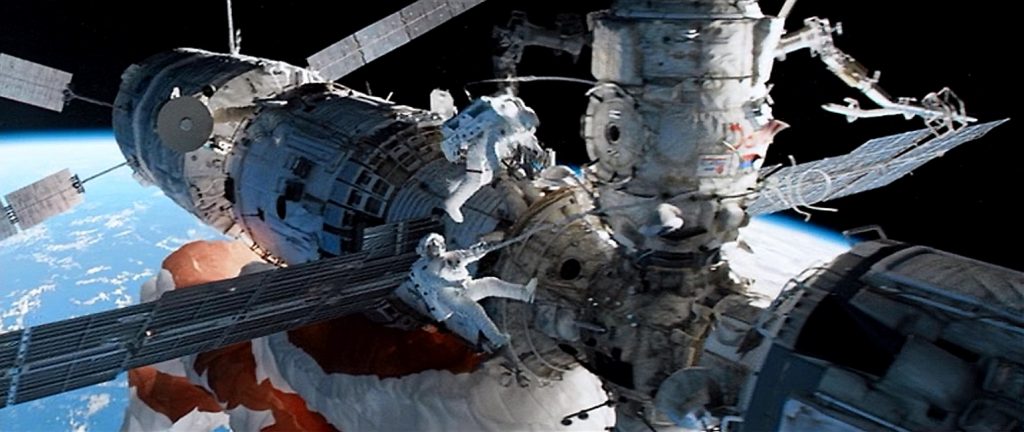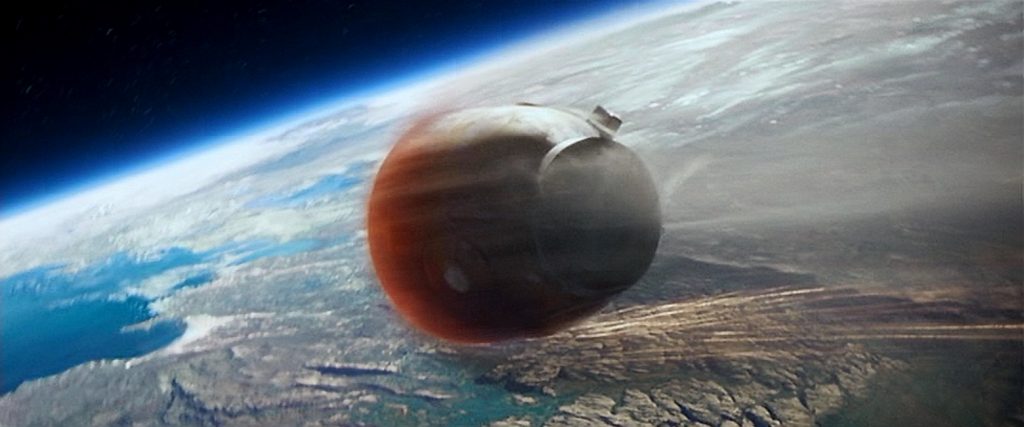



Gravity – 2013 (WINNER)

Probably the most important aspects of this movie’s visual effects was its realism. And even though this is a work of fiction, the story took place in a modern time, employing technology, and an understanding of physics, that we know about today. What I mean is that even though this exact scenario has not actually happened, it could, using today’s technology. Well… the realism and scientific accuracy were not completely flawless, but they were a lot closer to reality than most modern movies.
The visual effects artist spent a lot of time consulting with real astronauts and scientists to get the look of the film right. We know what weightless people and objects look like. We know what jet packs in space look like. We know what orbital sunrises look like. The images of Earth were displayed beautifully from different angles and at different times. And I loved the way these images were frequently reflected properly in the curved surfaces of the astronauts’ helmets. The movie gave us a spectacular visual experience, with flawless attention to detail.
One of the challenges the filmmakers must have experienced is that normal movement for astronauts in space is very slow. Unfortunately, that can make a film slow. It runs the risk of being boring. But I think the VFX artist overcame this problem. They did a great job of keeping my interest with all the realism. There was always something interesting on the screen, whether it was a beautiful night-time planet spinning behind the actors, a needed tool drifting away from the main character, or a tangle of parachute chords in free-float. Even though these images were slow, they all looked fascinating.
But there were also a good number of fast paced, exciting scenes, like a zero-gravity fire aboard a space station, a deadly barrage of speeding satellite debris, or a fiery escape pod re-entry sequence in the film’s climax. The scene in which the International Space Station is completely destroyed was awesome! There was so much chaos and flying debris, that it seemed remarkable that our main character could have survived, but the visual effects teams made it all look plausible.
There was one effect that I’m unsure about. The first astronaut was killed when a piece of debris crashed through his face shield. Why did they make his head look like a completely hollowed out shell? All you could see inside his head was a gray open space. Why couldn’t I see the remains of his broken skull or teeth? You know they would have been there because his head still retained its shape. I’m not sure about the science of that, but it didn’t make sense to me. Am I missing something? Either way, they seemed to get just about everything else right. Not bad for a movie that, according to VFX Supervisor Tim Webber, was about 80% CGI. No kidding. About 80 minutes of the 91-minute run-time was CGI. Not bad at all.